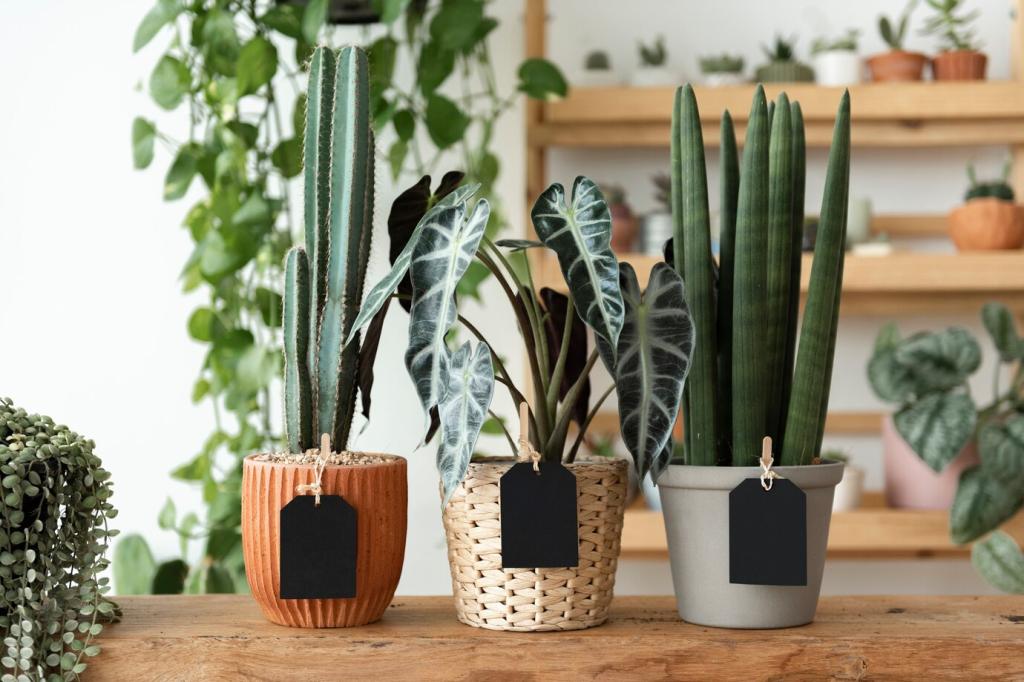Building a Green Home: What You Need to Know


The Foundation of a Truly Green Home
Green is more than a trendy label; it’s a measurable commitment to energy efficiency, healthy materials, thoughtful water use, and long-term resilience. Certifications like Passive House or LEED can guide quality, but your everyday comfort, bills, and air are the ultimate proof.
The Foundation of a Truly Green Home
Gather everyone and list what matters most: lower bills, better air, durability, or smaller footprint. Priorities help trade-offs feel easier when budgets tighten. Share your top three goals in the comments, and let’s compare approaches that align with your values.
Site, Sun, and Shape
Orientation and Passive Solar Basics
Face main glazing toward the sun for winter warmth, then control summer heat with overhangs or deciduous trees. Thermal mass can smooth daily swings. Share your lot’s orientation, and we’ll help you sketch seasonal sun paths to guide smart window placement.
Envelope and Insulation Strategy
A tight, continuously insulated shell performs like a thermos. Focus on air sealing, high R-values, and thermal-bridge-free details. Ask your builder about blower-door testing. Comment if you want our plain-English checklist for sealing notorious leakage points around framing transitions.
Windows That Work Year-Round
Choose efficient frames, quality air seals, and appropriate glass. In cold climates, triple-pane pays back in comfort. In hot climates, prioritize solar heat gain control. Considering tilt-and-turns or fixed panes? Share your plan, and we’ll suggest performance tweaks for durability.
Materials and Embodied Carbon
Low-Carbon Structural Choices
Compare advanced wood framing, engineered timber, and low-clinker concrete mixes to cut embodied carbon at scale. Ask suppliers for Environmental Product Declarations. If you’ve priced alternatives, post your shortlist, and we’ll help evaluate impacts beyond just initial cost.
Finishes You Can Breathe With
Low-VOC paints, natural plasters, and solid wood reduce chemical load. One reader’s child slept better after switching to zero-VOC finishes during a renovation. Planning a nursery or studio? Share your room type, and we’ll suggest breathable finishes that age gracefully.
Sourcing Locally and Ethically
Local materials cut transport emissions and often support craftspeople who stand behind their work. Ask for chain-of-custody certifications for wood. Drop your region in the comments, and the community can crowdsource reliable suppliers for sustainable stock and reclaimed treasures.




Rainwater Harvesting and Reuse
Cisterns and smart filtration can support irrigation and, in some regions, non-potable indoor uses. Always check local codes. A reader in drought-prone Texas cut municipal use by half with a roof-to-garden system. Share your roof area; we’ll estimate potential capture.

Greywater That Actually Works
Laundry-to-landscape systems, mulch basins, and plant-friendly detergents keep gardens thriving. Permits and maintenance matter—simplicity usually wins. If you have clay soils or freezing winters, drop a comment for tailored guidance on routing, seasonal shutdowns, and overflow strategies.

Landscapes That Thrive With Less
Native plants, drip irrigation, and well-placed shade trees reduce watering and boost biodiversity. Mulch generously to protect soil life. Tell us your favorite climate-tough species, and subscribe for our upcoming planting guide tailored to different rainfall patterns and soils.
Healthy Air, Light, and Sound
Balanced systems like HRVs or ERVs supply continuous fresh air and recover energy. Specify good filters and commission airflow rates. One couple reported cooking smells vanishing overnight after a simple balancing tweak. Ask for our startup checklist when you subscribe.
Healthy Air, Light, and Sound
Prioritize window placement, light shelves, and reflective surfaces to bring in calm, even light. Use exterior shading to prevent hotspots. Share a sketch of your main living space, and we’ll suggest daylight tweaks that uplift moods while reducing electric lighting needs.


Budget, Incentives, and Long-Term Value
Envelope-first upgrades pay dividends for decades. If funds are tight, pre-wire for solar and design for future battery space. Want our phased budget template with typical line items? Comment “template” and subscribe, and we’ll send an editable starter framework.
Stack local incentives with manufacturer rebates and green mortgages to improve cashflow. Program rules change, so verify details early. Share your region, and we’ll highlight common incentives for heat pumps, insulation, and solar that readers in similar areas have used successfully.
Track energy, water, and air quality for the first year. Smart monitors reveal tuning opportunities you can fix quickly. Post your baseline utility numbers, and the community will cheer your milestones, celebrate breakthroughs, and troubleshoot stubborn performance gaps together.
